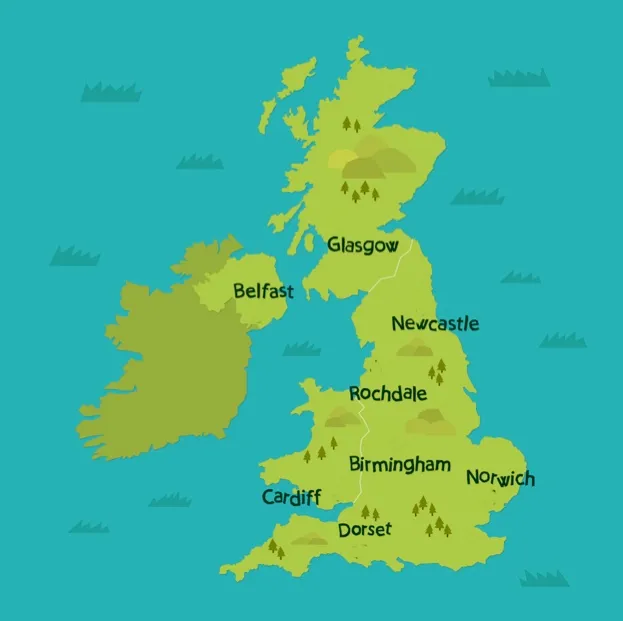The 21.3m long plaster-cast skeleton of a Diplodocus has welcomed visitors in the Hintze Hall of London’s Natural History Museum (NHM) for 35 years.
Made up of 292 bones, it is being dismantled from 5 January and is due to be removed completely later this year.
A number of challenges face the six-person removal team and work has already been undertaken in preparation for the complicated process, which should take around three and a half weeks.
“We have spent quite a lot of time checking archives, evaluating all the metalwork and looking at the replica pieces themselves,” said Lorraine Cornish, head of conservation at the NHM. “I have completed a couple of condition reports and taken many images.”
The team will be removing the tail first, moving forwards towards the pelvis area, followed by the skull and neck before moving back to the shoulders.
The central section holding the four limbs, pelvis, ribs and remaining vertebrae will be deconstructed last.
“Each part of the skeleton will be labelled and its individual condition noted,” Cornish explained. “Minor repairs will be carried out where necessary. This is something we are very good at!”
Following his dismantling and removal, Dippy will be going on a two-year tour of the UK, which will begin at the Dorset County Museum on 10 February 2018.

Dippy is going to be replaced by a female blue whale skeleton weighing 4.5 tonnes. It is 25.2m long and will be suspended from the ceiling of the hall.
The whale was found in 1891 and first went on display in the Mammal Hall in 1938. Unlike Dippy, the skeleton is not a plaster-cast.
Main image: The Dippy exhibit is inspected by museum staff. © Trustees of the Natural History Museum
